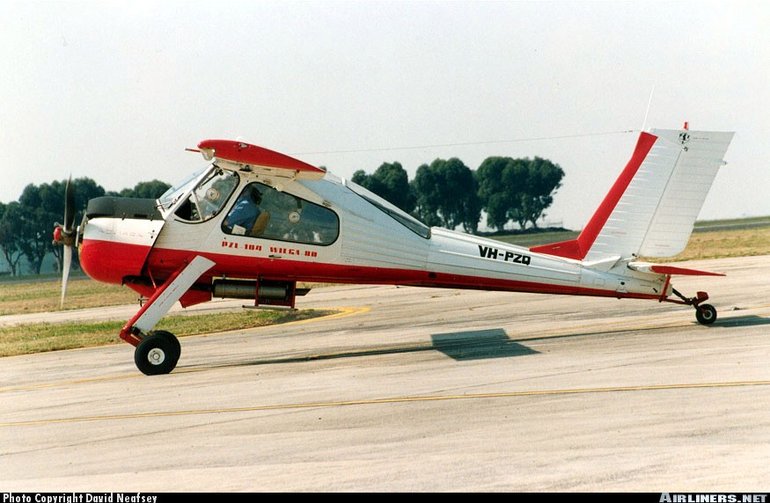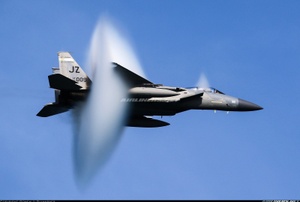PZL WarszawaOkecie PZL104 Wilga
Details
Country of Origin
Poland
Type
Four seat light utility aircraft
History
The rugged STOL PZL104 Wilga has been one of Poland's most successful light aircraft exports. <p>Poland's Light Aircraft Science and Production Centre in Warsaw began development of the Wilga in the early 1960s as a replacement for the general purpose Czechoslovak L60 Brigadyr utility. The prototype Wilga 1 was powered by a 135kW (180hp) Narkiewicz WN6B radial and flew for the first time on April 24 1962. A fairly extensive redesign of the basic aircraft followed, and a modified Wilga 2 with a new fuselage and tail and a 145kW (195hp) WN6RB engine flew in August 1963. That December the 170kW (225hp) Continental O470 powered Wilga C or (Wilga 32) flew and Lipnur Gelatnik later built 39 in Indonesia. <p>Poland's first production Wilgas were the 3A four seat utility and 3S ambulance which introduced the 195kW (260hp) Ivchenko designed AI14 radial. Soon after PZL reconfigured the Wilga's cabin and landing gear, resulting in the definitive production version, the Wilga 35. The prototype Wilga 35 first flew on July 28 1967. <p>The Wilga 35 remains in production essentially unchanged, and several variants have been offered, while the Wilga 80 is identical to the 35 other than its further rear positioned carburettor air intake. The Wilga 35A and 80A are designed for flying club operations and are fitted with a hook for glider towing, the 35H and 80H are float equipped, the 35P is usually fitted with four seats, the 35R and 80R are agricultural aircraft fitted with a 270kg (595lb) under fuselage chemical hopper and spray bars, and the 35P is an ambulance variant capable of carrying two stretchers. <p>The PZL-104M Wilga 2000 is an improved development aimed at western customers. It is powered by a 225kW (300hp) Textron Lycoming Continental IO540 flat six in a reprofiled nose, and features AlliedSignal avionics and extra fuel. First flight was on August 21 1996, while FAA certification was awarded in 1997. <p>
Powerplants
35A - One 195kW (260hp) PZL AI14RA nine cylinder radial piston engine driving a two blade constant speed propeller. 2000 - One 225kW (300hp) Textron Lycoming IO-540 flat six driving a three blade constant speed prop
Performance
35A - Max speed 194km/h (105kt), cruising speed at 75% power 157km/h (85kt). Initial rate of climb 905ft/min. Service ceiling 13,250ft. Range with max fuel and reserves 510km (275nm). 2000 - Cruising speed at 75% power 190km/h (103kt). Max range 1500km (810nm).
Weights
35A - Empty equipped 870kg (1918lb), max takeoff 1300kg (2866lb). 2000 - Empty 900kg (1984lb), max takeoff 1400kg (3086lb).
Dimensions
35A/2000 - Wing span 11.12m (36ft 6in), length 8.10m (26ft 7in), height 2.96m (9ft 9in). Wing area 15.5m2 (166.8sq ft).
Capacity
Typical seating for four including pilot. Rear two seats can be replaced with fuel tank. Ambulance configuration accommodates two stretchers and medical attendants.
Production
More than 965 Wilgas built since the mid 1960s. Small numbers of Wilga 2000s built.
Related Links
PZL WarszawaOkecie PZL104 Wilga
The backbone of this section is from the The
International Directory of Civil Aircraft by Gerard Frawley
and used with permission. To get your own copy of the book
click here.



















